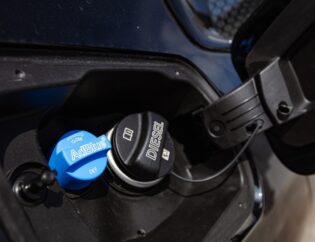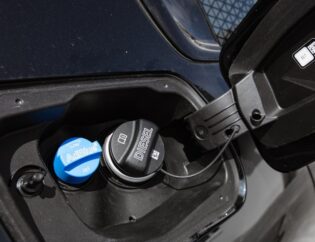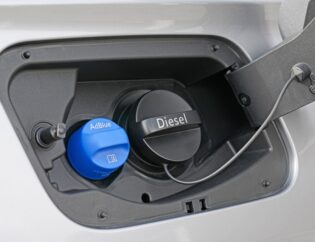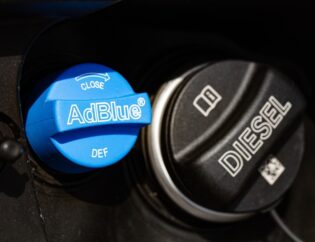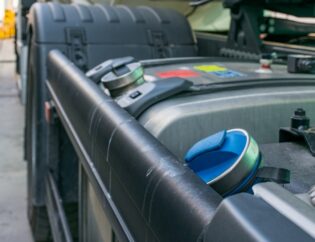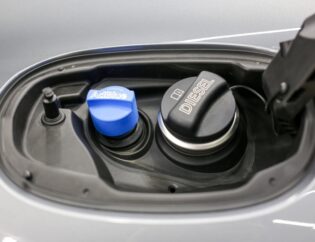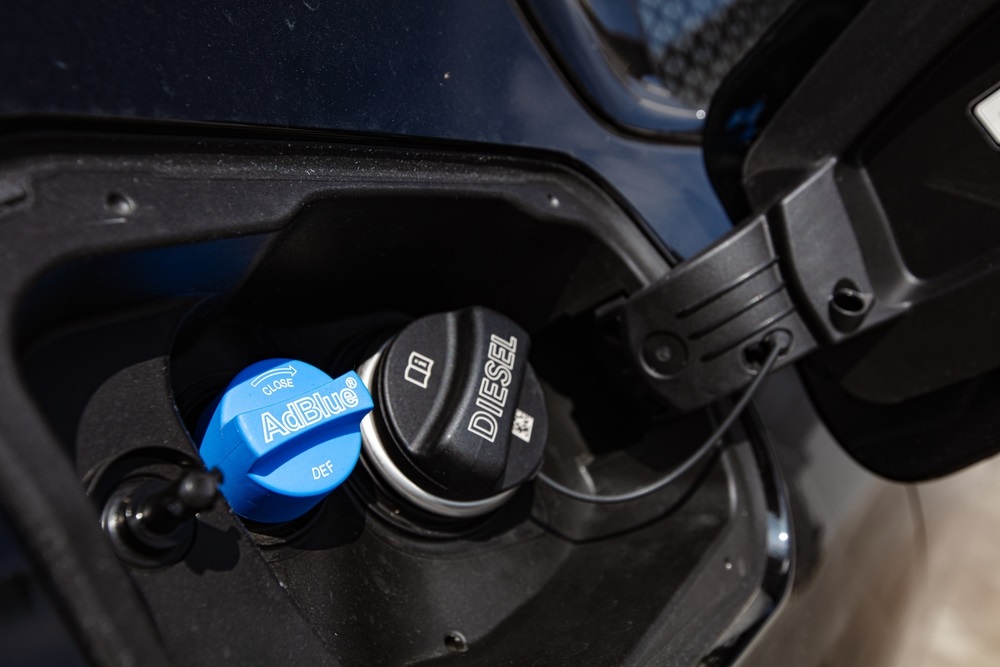
Contents
- 1 What Is AdBlue?
- 2 Why Diesel Cars Need AdBlue
- 3 When to Top Up AdBlue
- 4 How to Top Up AdBlue in Diesel Cars
- 5 Best Practices for Handling AdBlue
- 6 Where to Buy High-Quality AdBlue
- 7 Signs That Your AdBlue Needs a Top-Up
- 8 How Much AdBlue Does a Diesel Car Use?
- 9 Common Misconceptions About AdBlue
- 10 FAQs
- 11 Conclusion
What Is AdBlue?
AdBlue is a fluid composed of deionized water and urea that diesel vehicles use to reduce nitrogen oxide (NOx) emissions. It is injected into the exhaust system of your car to convert NOx into harmless nitrogen and water. Many modern diesel cars are fitted with a selective catalytic reduction (SCR) system that requires AdBlue for optimal functioning. Without it, your vehicle may fail to comply with emission standards, and engine performance can be seriously compromised.
Why Diesel Cars Need AdBlue
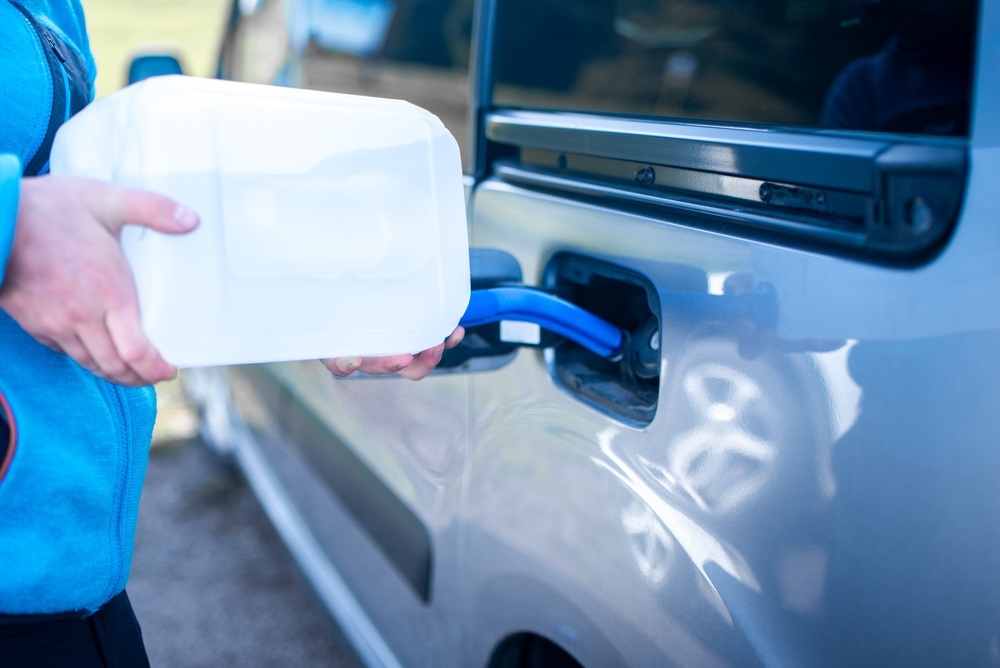
For diesel car owners, adhering to emission standards is crucial for both environmental and legal reasons. AdBlue ensures that your diesel vehicle meets the stringent requirements set by governing bodies. It’s not just about reducing harmful pollutants but also about maintaining the longevity and performance of your engine. Running out of AdBlue can even put your car into “limp mode,” severely reducing its power until you refill.
When to Top Up AdBlue
One of the most common questions is how often you should top up AdBlue in a diesel car. While the frequency varies depending on the car model and driving conditions, most vehicles require a top-up every 3,000 to 6,000 miles. Some high-consumption vehicles may need more frequent refills. Typically, your dashboard will alert you when AdBlue levels are low, giving you plenty of time to refill before the fluid is completely depleted.
How AdBlue Warning Lights Work
Most modern diesel cars come equipped with warning lights that indicate when your AdBlue levels are low. These lights usually appear on your dashboard and may initially show up as a yellow alert, later turning red if levels are critically low. It’s important to act promptly when you see the warning to avoid engine complications.
How to Top Up AdBlue in Diesel Cars
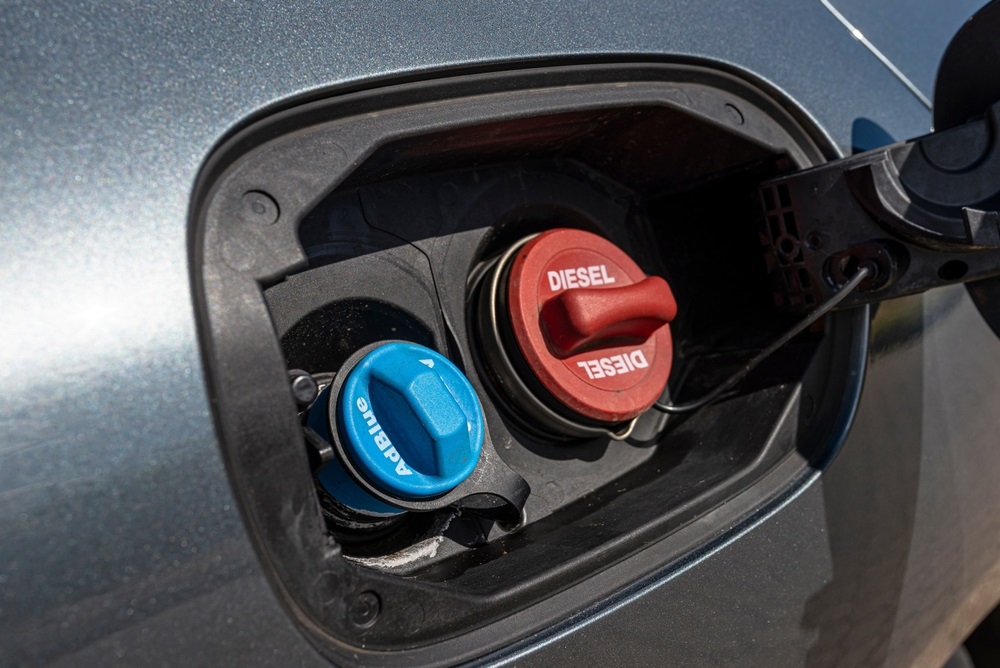
Topping up AdBlue is a straightforward process that you can usually perform yourself without the need for professional assistance. Here’s a step-by-step guide to make it as easy as possible.
Step 1: Locate the AdBlue Tank
The first thing you need to do is locate your AdBlue tank. In most cars, it is clearly labeled and can be found near the fuel filler cap, in the trunk, or under the bonnet. Consult your vehicle’s manual for the exact location if you’re unsure.
Step 2: Purchase the Right AdBlue
Make sure you’re using a certified AdBlue solution, such as those provided by Azure Chemical, a trusted supplier of high-quality DEF (Diesel Exhaust Fluid). Using substandard or contaminated products can cause serious damage to your car’s SCR system.
Step 3: Open the AdBlue Tank
Once you have located the tank, carefully open the cap. Most AdBlue tanks are designed to prevent accidental spills, but it’s still important to handle the fluid carefully as it can be corrosive to certain surfaces.
Step 4: Pour the AdBlue Fluid
Use a clean nozzle or funnel to pour the AdBlue into the tank. Most AdBlue containers come with a nozzle that makes pouring easier. Be sure not to overfill the tank, as this can cause unnecessary spillage.
Step 5: Replace the Cap
Once you’ve topped up the AdBlue tank, securely close the cap to avoid leaks. Some vehicles may require you to reset the AdBlue warning light manually. Check your vehicle’s manual for instructions.
Step 6: Dispose of the Containers Responsibly
AdBlue containers are typically made from recyclable plastic. After use, make sure to dispose of them in a way that complies with local recycling regulations.
Best Practices for Handling AdBlue
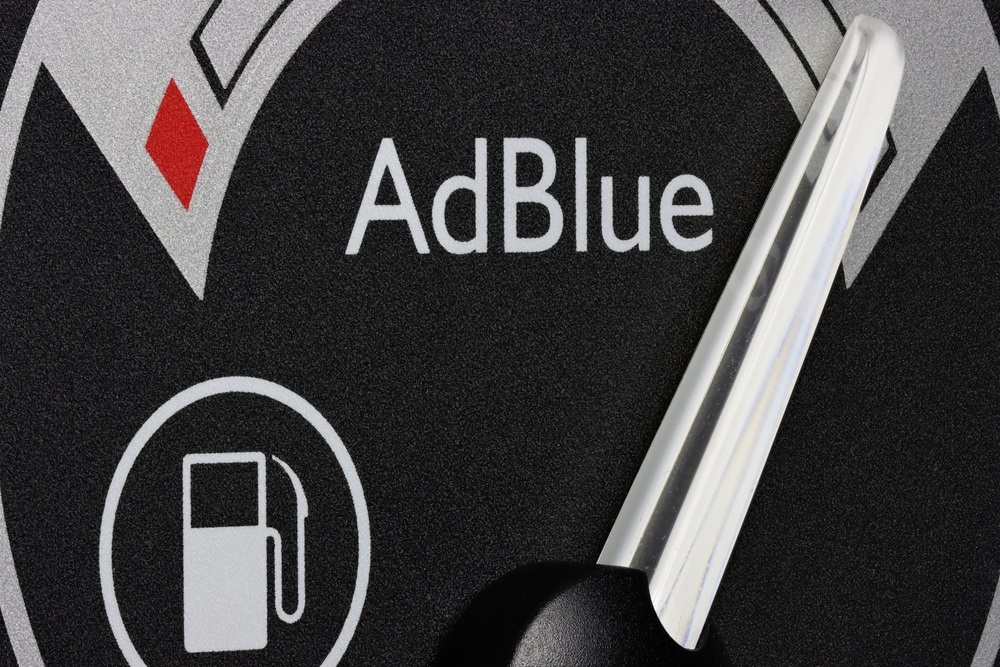
While topping up AdBlue is relatively simple, there are a few best practices to ensure you’re doing it correctly.
Keep AdBlue Containers Sealed
AdBlue can degrade if it comes into contact with air for long periods, so always keep containers sealed when not in use. This ensures the fluid remains effective and uncontaminated.
Store AdBlue in a Cool, Dry Place
AdBlue is sensitive to temperature and should be stored in a cool, dry environment to prevent crystallization or evaporation. Avoid leaving it in your car for long periods, especially during hot weather.
Avoid Skin Contact
While AdBlue is non-toxic, it can irritate the skin due to its urea content. Always wear gloves when handling AdBlue, and wash your hands thoroughly after use.
Where to Buy High-Quality AdBlue
Choosing a reliable supplier for your AdBlue needs is essential to maintaining your vehicle’s SCR system. Low-quality or impure AdBlue can cause damage to your engine and exhaust system. Azure Chemical offers a range of certified DEF solutions that meet ISO 22241 standards, ensuring compatibility and performance with your diesel car.
Benefits of Buying AdBlue from Azure Chemical
- High Purity: Azure Chemical’s DEF products are of the highest quality, guaranteeing the purity and performance required for modern diesel engines.
- Environmentally Friendly: Our AdBlue solutions are designed to minimize environmental impact by significantly reducing NOx emissions.
- Bulk Purchase Options: For fleet operators or frequent drivers, Azure Chemical offers bulk purchasing options that provide cost savings and convenience.
Signs That Your AdBlue Needs a Top-Up
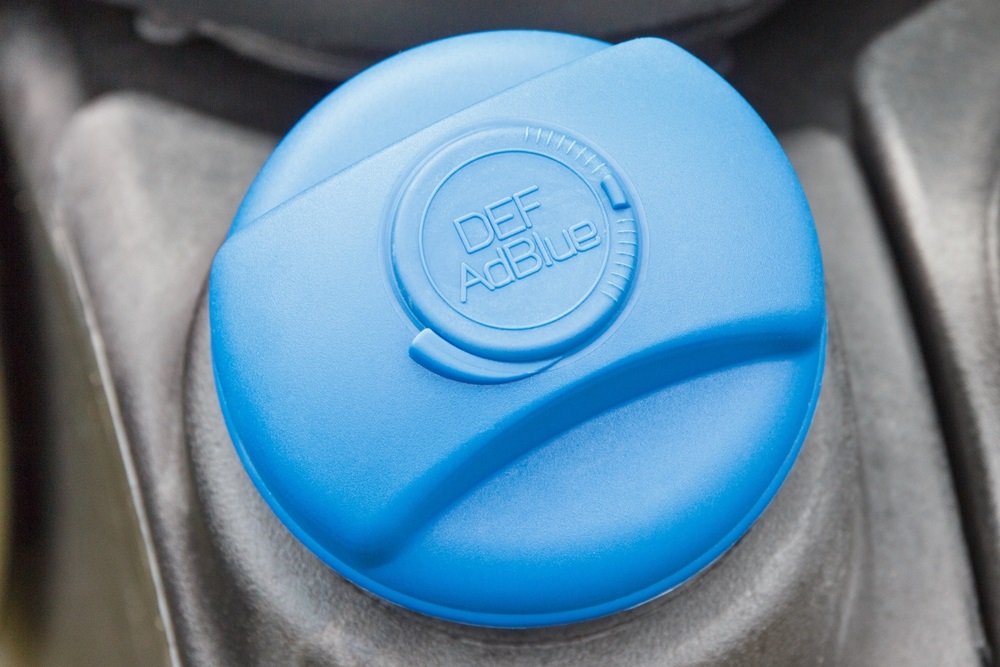
While most cars will notify you when AdBlue levels are low, it’s important to be aware of other signs that might indicate you need to refill the tank. These signs include reduced engine performance, increased exhaust emissions, and unusual noises from the exhaust system.
Neglecting to refill AdBlue can have serious consequences. Most diesel vehicles are programmed to enter “limp mode” if the AdBlue runs out. This drastically reduces your car’s power and can make it unsafe to drive. Some vehicles may even refuse to start until the AdBlue tank is refilled.
Running out of AdBlue is not just an inconvenience—it can lead to more significant issues with your car. If you run out of AdBlue, your vehicle’s SCR system will stop working, and in most cases, the engine will not restart until the fluid is replenished. This is why it’s essential to always keep an eye on your AdBlue levels and top up as needed.
How Much AdBlue Does a Diesel Car Use?
AdBlue consumption varies depending on your driving style and the vehicle’s engine. On average, diesel cars use about 1 liter of AdBlue for every 600-800 miles. For heavy-duty trucks or commercial vehicles, consumption may be higher. Always carry a spare container of AdBlue if you’re planning long trips to avoid being caught off guard.
Many modern diesel cars have onboard systems that allow you to monitor AdBlue levels. Check your car’s dashboard display for updates on AdBlue levels and refill before the warning light turns red.
Common Misconceptions About AdBlue
Despite being a relatively simple system, there are many misconceptions surrounding AdBlue. One common myth is that AdBlue is a fuel additive, but in reality, it is stored in a separate tank and never comes into direct contact with the fuel. Another misconception is that AdBlue improves fuel efficiency, but its primary purpose is to reduce emissions, not fuel consumption.
Under no circumstances should you substitute AdBlue with water or any other liquid. AdBlue has a specific chemical composition that is critical for the SCR system to function properly. Using any other fluid can cause significant damage to your car’s exhaust system and may result in costly repairs.
FAQs
How often should I top up AdBlue in my diesel car?
It depends on your driving habits, but typically every 3,000 to 6,000 miles.
Can I refill AdBlue myself?
Yes, topping up AdBlue is a simple task that most car owners can do themselves.
What happens if I run out of AdBlue?
Your car may enter “limp mode” or refuse to start until you refill the AdBlue tank.
Where can I buy high-quality AdBlue?
Azure Chemical offers premium DEF products that are perfect for keeping your diesel car compliant and efficient.
Does AdBlue improve fuel efficiency?
No, AdBlue is used to reduce emissions, not to enhance fuel efficiency.
Can I use water instead of AdBlue?
No, using water or any other liquid can damage your car’s exhaust system.
Conclusion
Topping up your AdBlue is a vital part of maintaining a diesel vehicle. Whether you’re commuting daily or managing a fleet, it’s essential to ensure that you are using a high-quality product to protect your engine and the environment. Azure Chemical is committed to providing premium AdBlue solutions that guarantee performance, compliance, and sustainability. Ensure your vehicle stays on the road and meets emission standards by choosing Azure Chemical’s trusted DEF products. Schedule a delivery today.

